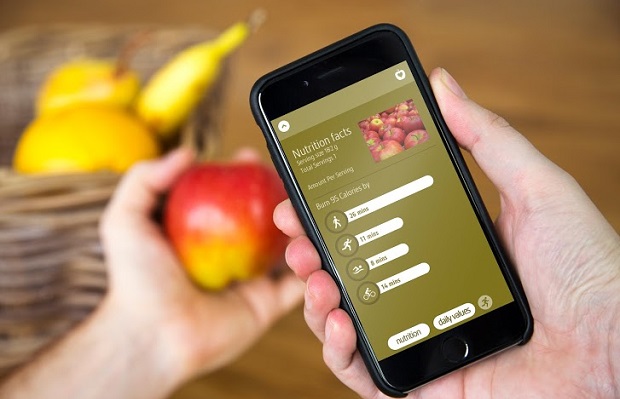Blippar is working on a “visual browser” that lets users search for information about real-world objects simply by pointing their smartphone camera at them.
Blippar, which currently exists as an augmented reality app, is using image recognition to expand the usefulness of its app, and it is working with a range of brands to develop marketing applications for the service.
With the new Blippar app, users can view any object their your mobile device’s camera. This image activates Blippar’s digital search and serves ip relevant information directly from the local area.
Initially, the new version will be targeted to English-speaking countries with Blippar recognizing all English-language album covers, DVD covers, fiction books and movie posters.
Blipping such an item will bring up a range of contextual information. An album cover may expose access to videos of the band, a place to buy tickets to a performance, reviews, news, tweets or photos.
However, the company’s ultimate aim is to make everything “blippable” – from an apple, to a dog on the street, to the Eiffel Tower.
The service was unveiled at SXSW by Blippar’s CEO and founder Ambarish Mitra, who explained that the updated app focuses on non-brand visual search, allowing users to delve more deeply into a vaster array of both products and real world objects.
“The human imagination, curiosity and the quest for knowledge are all often limited by our capacity to define and assign language to describe and seek answers from the world around us,” said Blippar founder and chief executive Ambarish Mitra.
The company already works with many of the world’s largest brands and publishers – including Nestlé, Condé Nast, Heinz, Coca-Cola and Jaguar – to add an augmented reality layer of information to their products, through the lens of a camera.
Last week, Blippar announced that it had raised $45m in new funding from undisclosed investors, which it said it would use to expand its engineering team and extend the global reach of its visual browsing platform.
“This funding brings us closer to our ultimate goal of creating a new kind of cognitive behaviour, one that enables us to instantaneously access information and content directly from any of the physical objects or collateral in the world around us,” said Mr Mitra in a blog post.
